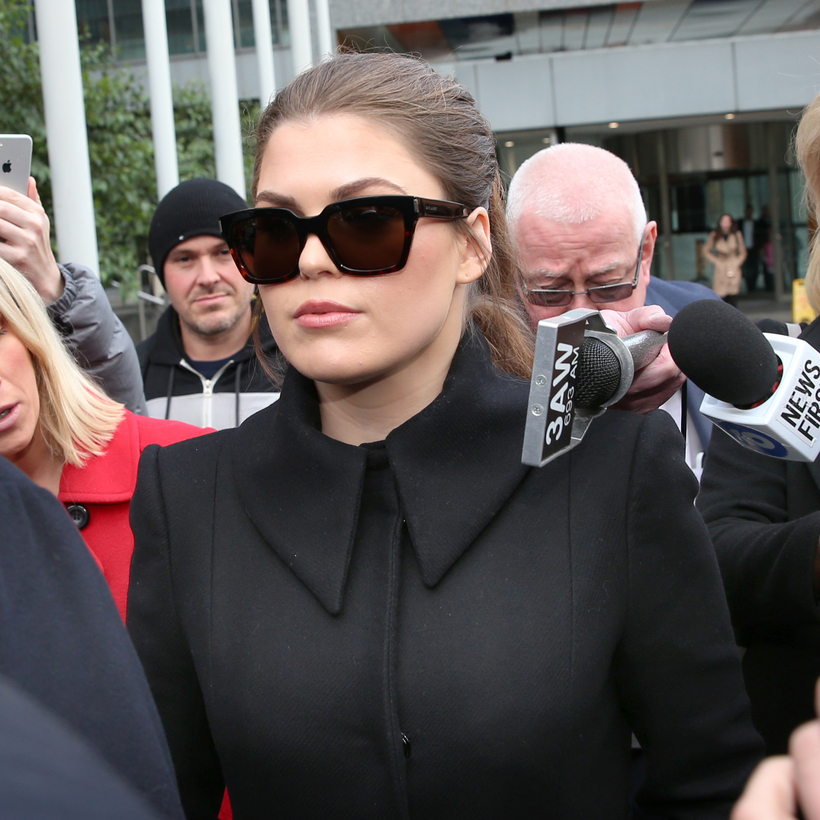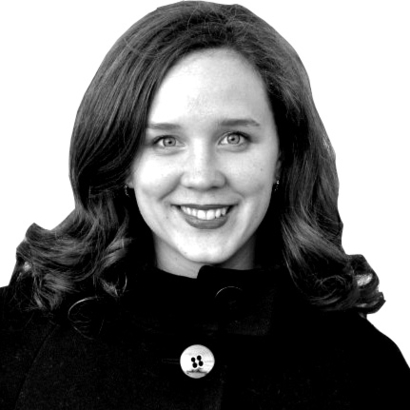Belle Gibson, a Melbourne-based blogger and author, built a publishing empire on a preposterous premise: that she had contracted cancer from the H.P.V. vaccine. Later, she claimed, it spread to her brain, blood, spleen, and uterus. But after discovering the power of vegetables, her cancer went into remission, never to return as long as she kept eating her greens.
It was 2013—early days for our collective wellness obsession—when Gibson launched the Whole Pantry mobile app, a collection of vegan and gluten-free recipes that she claimed had helped her heal. She was already one of Instagram’s first breakout stars, vaguely Nordic-looking, more often than not captured in the produce aisle of the grocery store. The app, along with a cookbook published in 2014, was so successful that Apple wanted in: during the development of its Watch, the company decided Gibson’s app would be loaded onto the devices by default.
She was already one of Instagram’s first breakout stars, often captured in the produce aisle of the grocery store.
Luck seemed in infinite supply for Gibson, and it took two years for anyone to start asking questions. First, in March 2015, two journalists from the Melbourne newspaper The Age discovered she had not made the charitable donations she had promised. (Those reporters, Beau Donelly and Nick Toscano, have subsequently written a book, The Woman Who Fooled the World: Belle Gibson’s Cancer Con, and the Darkness at the Heart of the Wellness Industry.) When the Age report came out, Gibson was on a plane to California for the Apple launch. Then another newspaper story appeared, in The Weekend Australian, which questioned her diagnosis. The miracle patient was forced to admit her cancer was fabricated.
False Claims, Bizarre Appearances
Gibson’s shaming was total: Penguin pulled her book from shelves; the Whole Pantry app was removed from the App Store; Twitter proved especially vicious. But perhaps the response was so absolute because Gibson was such an exceptional figure for the era.
Although her 200,000 followers on Instagram were enough to secure a sizable book contract with a Penguin imprint and a partnership with Apple, that number sounds downright quaint in 2019. It wasn’t until August 2015, long after Gibson was exposed, that anyone could buy ad space on Instagram. And incredible as this seems in a world dominated by it, the Instagram Stories feature didn’t even debut until late 2016, so much of Gibson’s backstory had to be established not on the social-media network but rather on her personal blog. (Remember those?) If Gibson were active on Instagram today, vying for eyeballs alongside 20-year-old would-be makeup artists with a million followers, she might not even be considered a full-fledged influencer. She’d probably be a nano-influencer instead.
Gibson was fined $276,000 by a consumer-rights agency for false and misleading claims. Two years later, the fine remains unpaid. In a bizarre series of appearances in Australian Federal Court over the past several months, always in sunglasses and a peppy dress, Gibson has asserted she is destitute. Trips to Bali and East Africa revealed during discovery have been explained away as gifts from a mysterious roommate named “Clive”; she says she met another patron, “Claire,” on the Australian equivalent of TaskRabbit, Airtasker. It’s hard to say whether Gibson is telling the truth, because she has lied about everything from her name (she’s used various aliases) to her autistic brother (he isn’t autistic) to her age, which is estimated at 28. (Previously Gibson had said she was three years older, but her actual age, like the verdict in the ongoing court case, is undetermined.)
She has lied about everything from her name (she’s used various aliases) to her autistic brother (he isn’t) to her age.
Usually Gibson’s story is presented as a cautionary tale for our times. And in many ways, it is. She is self-care’s Patient Zero, like Gwyneth Paltrow’s character in Contagion, who eats the nuts (healthy fats!) and then gets everyone else sick. Or she’s like Gwyneth herself, a smart businesswoman with an appealing mien hawking pseudo-scientific claims on the Internet by capitalizing on a not-insane fear among women that the medical establishment doesn’t take their pain seriously.

“The reason the media loved her was that she had an amazing and heart-wrenching story of life-or-death stakes but she didn’t look sick,” says a former editor of Australian Cosmopolitan, which, incidentally, crowned Gibson a Fun Fearless Female in 2014. (The editor didn’t want to be named because “none of us come out of this smelling of roses.”) As a matter of fact, the editor says, “she looked hot,” like a John Green novel come to life. Jess Ainscough, an Australian contemporary of Gibson’s, blogged her cancer story, too. Once Ainscough became very unwell, she stopped taking photos and fell out of the public eye. At her funeral, in 2015, Gibson sat in the front row—though Ainscough’s family and friends said they weren’t close and were confused why she was even there—and sobbed.
With Greater Reach, Higher Stakes
But how instructive is the Whole Pantry scam about the Zeitgeist, really? Is Gibson a relic from what in retrospect was a simpler time? When you look closer, what’s striking is how much the Internet has changed since Gibson was panning for gold in its social-media streams. “Everything about this story is extreme,” said Beau Donelly to The Guardian on the publication of his and Toscano’s book. “Ten years ago her public shaming would not have happened to this extent.”
What’s striking is how much the Internet has changed since Gibson was panning for gold in its social-media streams.
With greater reach come higher stakes, and if scam inflation is a thing, it’s safe to say we’re in Weimar Republic territory. So Belle Gibson encouraged a few impressionable young women to eat some more vegetables. (Let’s hope no actual cancer patients consulted social media instead of their doctors about their treatment plans.) Elizabeth Holmes, Billy McFarland, Anna Sorokin—in the hierarchy of con artists, these guys cheated on a grander scale, and in a more targeted fashion, than Belle the blogger did.
“It’s not that we’re less gullible,” says the Cosmopolitan editor, who points to the outbreak of measles in some of Australia’s most affluent communities, spread in part by online misinformation campaigns. “But when it comes to social media, I do think we’ve become more sophisticated about how we consume it.” Maybe, in the years since Gibson was exposed and companies discovered the Internet’s potential for selling things, we’ve developed an understanding that everyone on it adopts a persona. Some are more truthful than others, but all are exercises in mythmaking.
Amelia Lester is an Editor at Large for AIR MAIL


